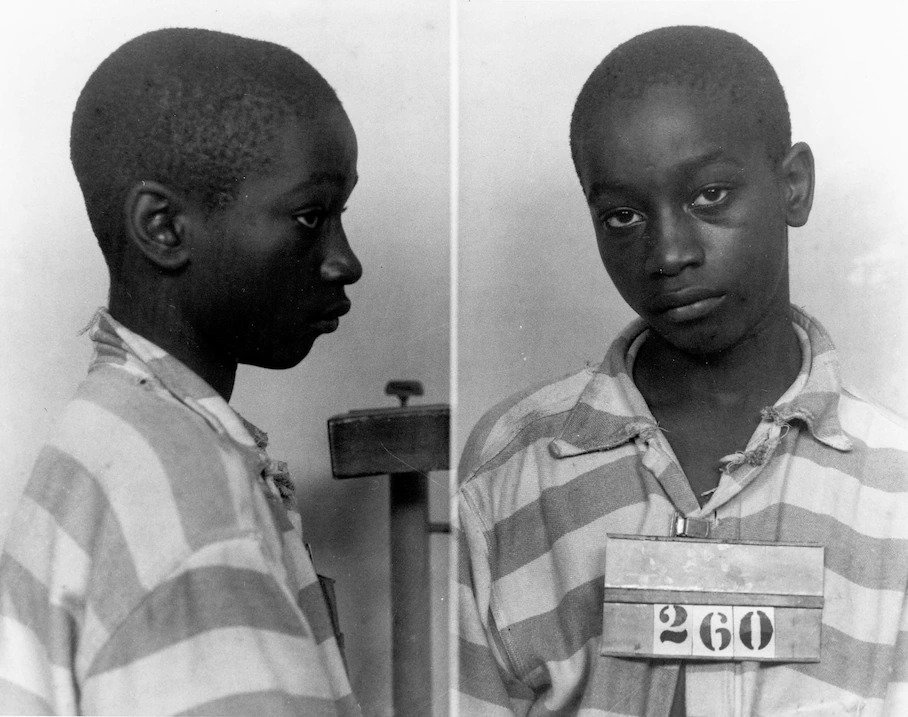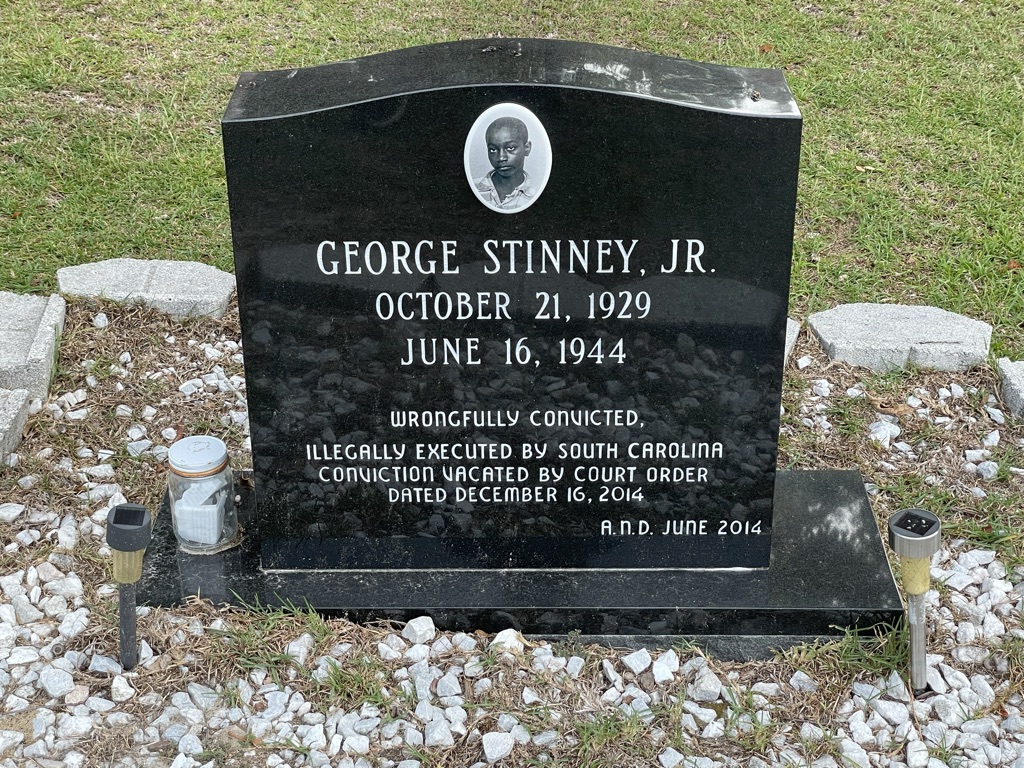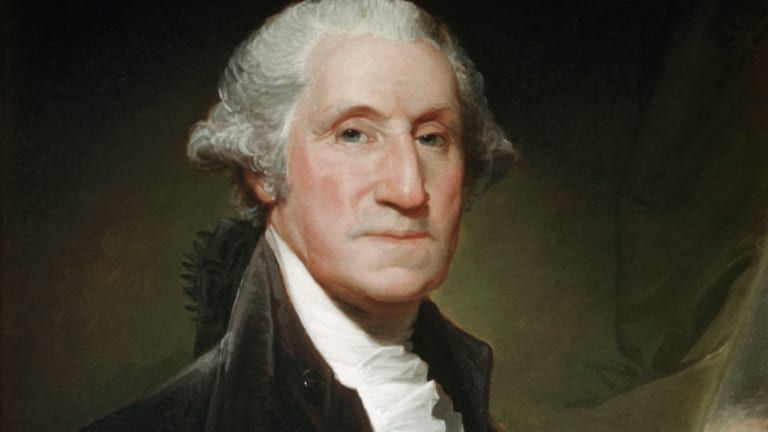To be 14 years old means to be young and carefree–or in the case of George Stinney Jr., it meant to be the youngest person in the United States to ever be executed. Making his haunting case even more tragic is the fact that, in the end, George’s conviction was vacated 70 years later.
A wrongful conviction is unfortunate, even for the most petty of crimes. The public faith in the justice system is only assured when it can be believed that the right call is made the vast majority of the time.
A wrongful conviction as horrifying as the one passed down onto young George Stinney Jr. threatens to not only shake this faith in the justice system but ends in the unfair death of a child.
This article delves into the short, sorrowful life of George Stineny Jr., his wrongful conviction, and the exoneration that came much too late to save him.

Who Was the Youngest Person to Get The Death Penalty?
George Stinney Jr. was the youngest person in the United States to ever receive the death penalty. In other parts of the world, there are records of younger children who faced execution, as well as vague stories from the United States that have no defined dates.
Despite this, George Stinney Jr. is the youngest American with a confirmed recorded date of birth to ever be executed for a crime.
The Early Life of George Stinney Jr
George Stinney Jr. was born on October 21, 1929, in Alcolu, South Carolina on a hot, muggy fall day. His parents were Aime and George Stinney Sr., from whom George Jr would get his name.
Alcolu was a small mill town populated by the working class. Like most other South Carolina cities and towns of the time, it was part of an intensely racially charged, segregated society. The town’s white and black neighborhoods were separated by a railroad track that cut through the center of town.
George and his siblings, Charles, Katherine, and Aime, were forced to grow up in this segregated world. Because of that, he faced deep-seated prejudices throughout his life, ultimately leading to his execution.
What Crime Was George Stinney Jr. Accused Of?
Early in the morning of March 23, 1944, the bodies of two young white girls that had gone missing the night before were found. Betty June Binnicker, 11, and Emma Thames, 7, were found in a ditch on the black neighborhood side of the railroad tracks.
The murders of the two girls were violent. Both had been beaten with a weapon, which was hypothesized to be something blunt and metallic like a railroad spike.
The trauma that they suffered was severe–both of their skulls were broken and penetrated by the weapon. Sadly, George Stinney Sr. had helped search for the girls, taking part in solving the crime that his son would eventually be executed for.
The previous day, Betty and Emma were seen riding their bicycles looking for flowers to pick. On their search, they passed the Stinney residence and spoke to George Jr. and his younger sister Aime, asking where they might find a certain type of passionflower called Maypops.
This interaction is what would lead police to George Stinney Jr. the next day, but his sister Aime would report that George had been with her at the time the girls were killed.
Geroge Stinney Jr’s Arrest
The following day on March 24, the Sheriff of Alcolu announced that Geroge Stinney Jr. had been arrested and that the boy had confessed and produced a murder weapon.
Both George and his brother John had been arrested for the crime of murdering Betty and Emma, but only George would be kept by police. John was released.
Racial tension, the connection of the girls speaking to George before their disappearances, and the fact that the girls were found in the African American neighborhood within Alcolu led to this swift arrest.
The officer who arrested George Stinney Jr. was H.S. Newman, an Alcolu Deputy. He provided a written record claiming that George had confessed and led him to the location of the murder weapon–a piece of iron that Newman claimed was in the same ditch that Betty and Emma had been found in.
George’s family were forced to leave their home and were unable to see George at any time before his trial. This meant he was alone, with no support, for 81 days.
Trial and Execution of George Stinney Jr.
The trial of George Stinney Jr. occurred on April 24, 1944. George was given counsel, but it was severely lacking, coming in the form of a court-appointed counsel who was actually a tax commissioner.
No African Americans were allowed inside to witness the trial. But more than 1,000 white Americans managed to fit into the courtroom.
Stinney’s jury was all white. After a trial based almost solely on the shaky confessions apparently given by Stinney, the jury deliberated for only ten minutes before reaching a verdict.
George Stinney Jr. was found guilty of murder. Despite appeals by the NAACP and other South Carolina citizens, he was sentenced to death.
Before his execution, Stinney was allowed to see his family a single time.
On June 16, before 8 am, George was led to the execution chamber and seated in the electric chair. Rumors say that a Bible had to be used to boost him up since he was so short, but sources are conflicting about this point. The boy was restrained, and he declined the offer to say any last words.
A leather strap was placed in his mouth, at which time Geroge began to cry. His face was covered with a mask, and the switch was flipped, executing Geroge Stinney Jr. by means of electrocution.

Reopening of Case and Vacating the Conviction of George Stinney Jr.
Seventy long years after the trial of George Stinney Jr., Circuit Judge Carmen Mullen vacated his conviction, citing “Fundamental, constitutional violations of due process” that occurred during his trial.
The lawyer for the Stineny family, who sought Geroge Jr’s exoneration, put forth the claim that Stinney’s confessions were coerced by police. He also brought to light the information that both of George Jr’s sisters claimed that he was with them at the time the girls were killed, making it impossible for Geroge Jr. to be the killer.
Both of Stinney’s sisters were able to speak at the trial, still fighting for the justice of their brother 70 years later. Aime Stinney Rufferner, 77 at the time of the trial, would say of her brother,
“He was quiet, but he was smart.”
References
“70 Years After His Execution, 14-Year-Old George Stinney Jr. Has Been Cleared in Egregious SC Case”- Thomas L. Scott https://atlantablackstar.com/2014/12/18/70-years-execution-george-stinney-jr-cleared/
“George Stinney’s Sister Says He Was Innocent” https://news.sky.com/story/george-stinneys-sister-says-he-was-innocent-10420411

